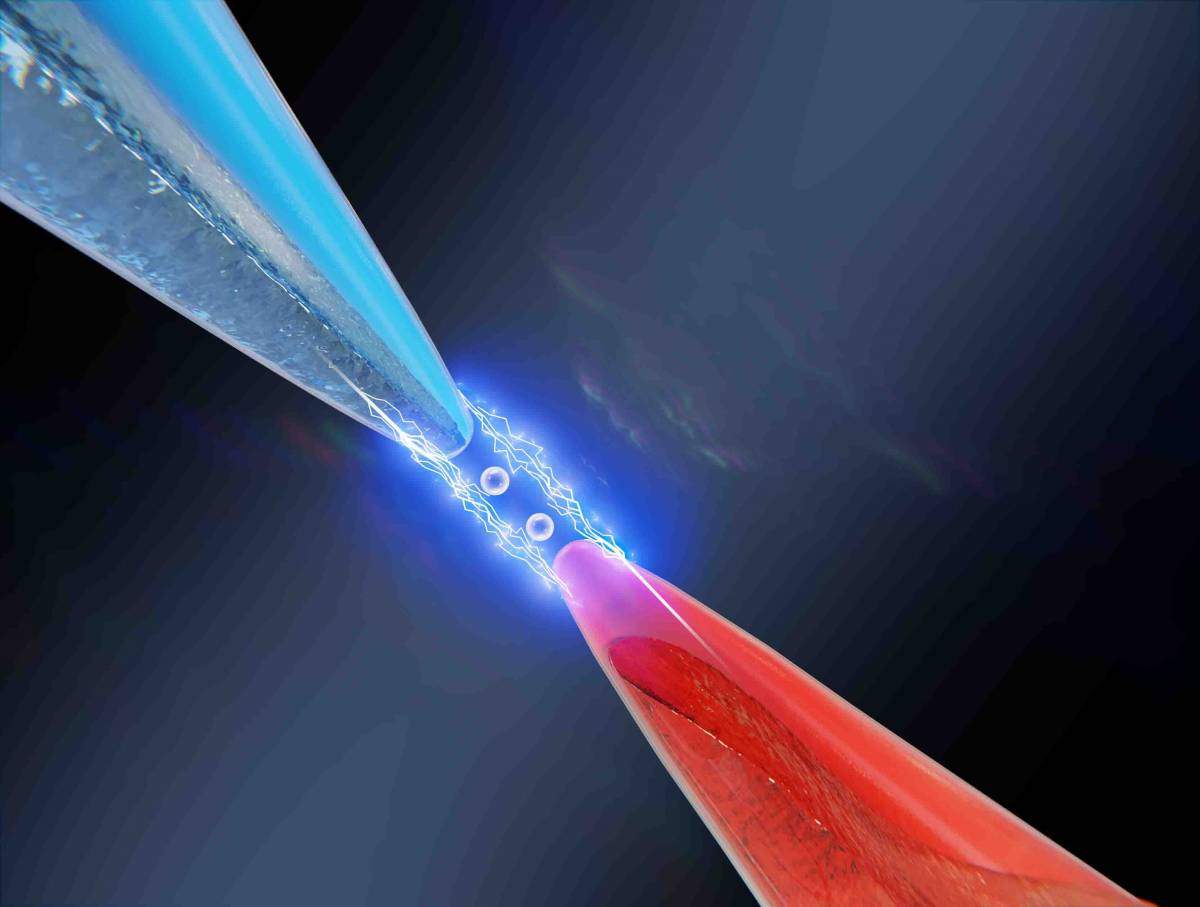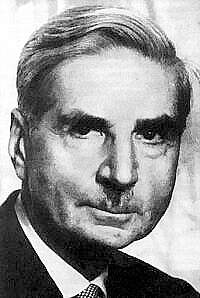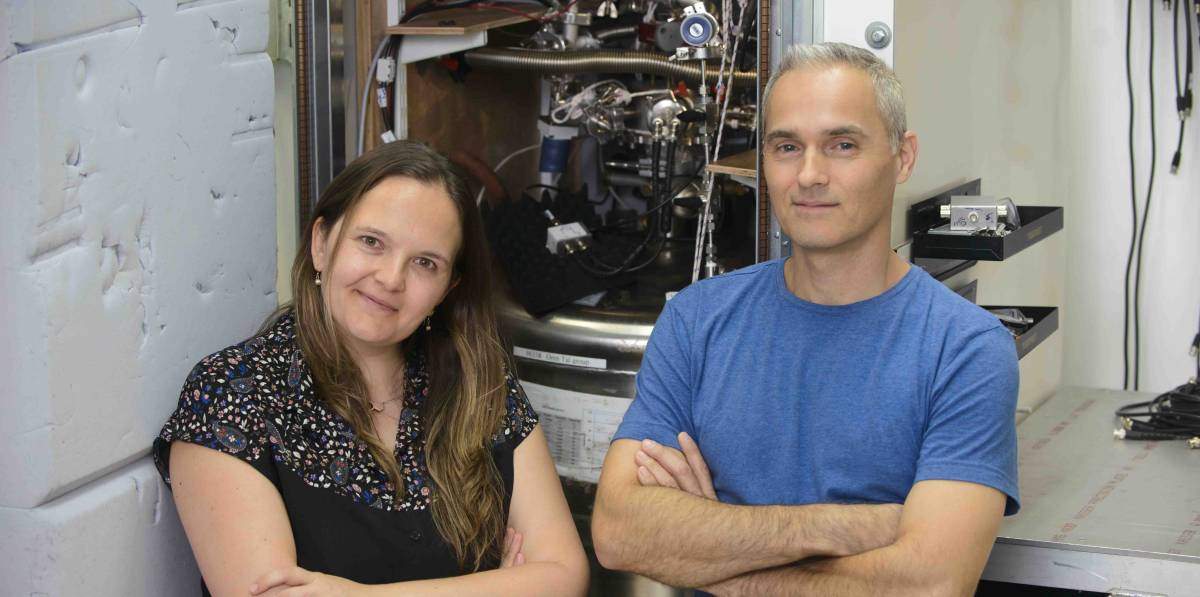Are you a journalist? Please sign up here for our press releases
Subscribe to our monthly newsletter:

One hundred years ago, the scientist and inventor Walter Schottky discovered an electronic noise in vacuum tubes. When Schottky applied a voltage between two electrodes separated by a vacuum, he found that the flow of electrons from one electrode to the other was fragmented. In this type of noise, known as shot noise, some of the electrons make it across the vacuum gap between the electrodes but others are repulsed backwards by the vacuum “barrier.” Shot noise provides evidence that an electric current is not really smooth but is made of discrete electrons. It can reveal useful information about electrons’ behavior; but this noise is often an unwanted effect that disturbs the flow of information in electronic conductors and devices. And shot noise is more pronounced as electronic devices get smaller – a serious obstacle to those who wish to design smaller and smaller electronic components and computer chips.
Around a decade after Schottky’s discovery, a second type of electronic noise was uncovered. This noise arises from the random thermal motion of electrons, and it becomes more significant as the temperature rises. In contrast with shot noise, thermal noise affects large systems and small ones equally.

Since the discovery of these two noises, engineers and scientists have had to take into consideration the limitations they impose when designing electronic devices or performing sensitive electric measurements.
This type of molecular junction is probably the smallest electronic device that can currently be fabricated
In a recent paper published in Nature, Prof. Oren Tal and his research team in the Weizmann Institute of Science’s Chemical and Biological Physics Department, working together with the theory teams of Prof. Dvira Segal of the University of Toronto and Prof. Abraham Nitzan of the University of Pennsylvania and Tel-Aviv University, reported that they had measured and analyzed a third type of noise in electronic systems. This noise, which the researchers named delta-T noise, is generated by temperature differences between different parts of a conductor, and it is more significant in nanoscale systems. Like shot noise, delta-T noise arises from the forward and backward scattering of flowing electrons. However, unlike shot noise, it has a purely thermal origin.
Tal and his team demonstrated the existence of this noise in an ultra-tiny electronic system that is based on a single hydrogen molecule suspended, bridge-like, between two gold contacts shaped as atomically sharp tips. This type of molecular junction is probably the smallest electronic device that can currently be fabricated.

Now that delta-T noise has been identified and studied, says Tal, it can be used to measure temperature differences at the nanoscale without the need to fabricate sophisticated nanoscale thermometers. This type of measurement is particularly useful for the study of the nanoscale conversion of waste heat to useful electric power or the development of quantum motors; and it may lead to a better understanding of heat dissipation in miniaturized electronic systems.
The new findings are also useful for the electronics industry in another context: Temperature gradients tend to develop unintentionally in electronic circuitry, and delta-T noise can be generated in such circuits − especially when the dimensions of electronic devices are reduced to nanometers. Until now, electrical engineers had not been aware of this noise. Now the discovery of this “enemy” can help in reducing its contribution, for example, by encouraging careful design that reduces temperature gradients in electronic circuits.
Prof. Oren Tal's research is supported by Dana and Yossie Hollander and the estate of Samuel Schlechter.